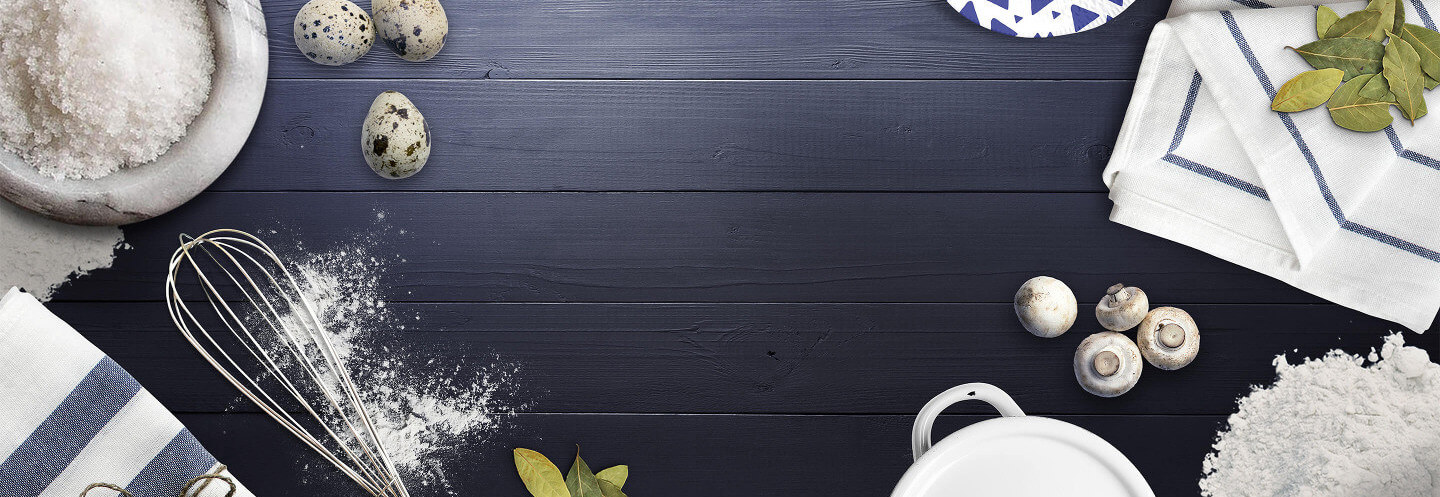https://www.copymethat.com/r/orCniFRHJ/sourdough-toasting-bread-english-muffin-/
134026798
Rd7se81
orCniFRHJ
2024-05-18 14:44:42
Sourdough Toasting Bread - English Muffin Bread
loading...
X
Ingredients
- 2 ¼ cups (270g) King Arthur Unbleached All-Purpose Flour
- 1 tablespoon (14g) sugar
- 1 ½ teaspoons (9g) salt
- ½ teaspoon baking powder*
- 2 teaspoons (6 g) instant yeast
- a generous ¾ cup (194g) milk, dairy or plant-based
- 2 tablespoons (25g) vegetable oil or olive oil
- ¾ cup (180g) sourdough starter, unfed (discard)
- cornmeal, to sprinkle in the pan and atop the loaf
Steps
- subheading: Make the (very soft) dough:
- Whisk together the flour, sugar, salt, baking powder, and instant yeast in a large mixing bowl, or the bowl of a stand mixer.
- subheading: Heat liquid ingredients:
- Combine the milk and oil in a separate, microwave-safe bowl (or in a saucepan on the stovetop), and heat to between 120°F and 130°F. (50 seconds) Be sure to stir the liquid well before measuring its temperature; you want an accurate reading. If you don't have a thermometer, the liquid will feel uncomfortably hot if you quickly dip your finger into it. Be sure it doesn't reach 140°F, as temperatures in that range can harm the yeast.
- subheading: Combine liquid with dry ingredients:
- Pour the hot liquid over the dry ingredients in the mixing bowl and mix until roughly combined. Dimple dough. Pour on starter. Use dough scraper or dough whisk or wooden spoon to combine. It will be goopy to combine.
- subheading: With mixer:
- Using an electric beater, or stand mixer with flat beater attachment, beat at high speed for 1 minute; the dough will be smooth and very soft - almost a thick batter rather than dough.
- subheading: By Hand:
- If you don't have an electric mixer, beat by hand with spoon or dough whisk or fold with dough scraper for 2 to 3 minutes, or until the dough is smooth and starting to become elastic.
- Lightly grease one of the below loaf pans (see Notes section below for pan choice info)
- - a standard loaf pan (8 ½" x 4 ½" x 2 ¾")
- - taller 9” x 4” x 4” pan
- - 9”x5” loaf pan
- For extra-crunchy crust, sprinkle the pan's greased interior with a generous amount of cornmeal.
- subheading: Pan rise:
- Scoop the soft dough into the pan, leveling the surface as much as possible. Sprinkle some cornmeal on top, if you like, for more crunch in the crust.
- While the dough is rising, preheat the oven to 400°
- Cover the pan (can invert another pan on top or use shower cap), and let the dough rise for about an hour. For a standard loaf pan, you want it to just barely crown over the rim of the pan. When you look at the rim from eye level, you should see the dough but it shouldn't be more than, say, ¼" above the rim. This will take about 45 minutes to 1 hour, if you heated the liquid to the correct temperature and your kitchen isn't very cold.
- subheading: Hint for checking if dough doubled:
- If you're using a 9" x 4" x 4" pan, you want the dough to double in size. You can eyeball doubling, sure; but for any of you out there more comfortable with precision, try this
- Carefully slide a toothpick between dough and pan, note where the dough reaches on the pick, then withdraw the pick and use it to measure how tall the dough is before its rise. Double that number, mark it on the pick, and replace the pick.
- When the dough hits the mark on the toothpick, it's doubled. (And no, the rising dough didn't totally carry the toothpick with it! The pick only rose about 1/16".) While the dough is rising, preheat the oven to 400°F.
- subheading: Bake the bread:
- Bake the risen bread for 22 to 27 minutes, until it's golden brown and its interior temperature is 190°F.
- Remove the bread from the oven, and after 5 minutes turn it out of the pan onto a rack to cool. Let the bread cool completely before slicing.
- subheading: Serving ideas:
- Not all toast comes out of the toaster! For savory Texas Toast, the ideal accompaniment to summer barbecue, spread slices of English Muffin Toasting Bread with olive oil or softened garlic butter, then griddle. To finish, sprinkle with Italian herbs or Pizza Seasoning.
Notes
- *The original recipe calls for baking soda, which could counteract the starter’s nicely acidic tang; substituting baking powder will help retain the starter’s flavor. In addition, since baking powder kicks in first when it's activated by liquid, then again when it meets the oven’s heat, its presence will punch up the bread’s oven spring.
- Pan choice:
- Use standard 1# loaf pan (8 ½" x 4 ½" x 2 ¾") or taller 9” x 4” x 4” pan ( for side support and straighter sided loaf) or quick bread pan (9” x 5”), wider and shorter bread. Can also multiply by 1.5x for 9x5 loaf pan. From comments: For 9x5x5 pan. I used 405g flour, 21g sugar, 13g salt, ¾ tsp baking powder, 3 tsp yeast, 291g milk, 37g olive oil, and 270g sourdough starter.
- English Muffin Toasting Bread is one of King Arthur’s most popular bread recipes. It’s simple, easy, and fast: the perfect loaf for a beginning baker or one in a hurry.
- But because the bread goes from bowl to oven to table in just about 90 minutes, there’s very little time for it to develop the deep, rich flavor many long-rising yeast loaves offer. It tastes yeasty, for sure, but other than that it’s pretty one-note.
- Enter discard starter: you know, that portion of sourdough starter you oh-so-regretfully throw away during the weekly (well, hopefully weekly) feeding process.
- Discard starter is simply flour, water, wild yeast, and plenty of sourdough tang, and it deserves a better fate than simply being tossed into the garbage bin or compost heap. So how about if we slip a bit of discard into English Muffin Toasting Bread and see if we can deepen the loaf's flavor?
- Fermentation is the traditional method for building yeast bread's flavor profile: the longer the fermentation, the richer the bread tastes. So how do you deepen this bread's flavor without lengthening its fermentation time (rise)? You strike just the right balance of discard starter, yeast, and time.
- Here’s what you're going to do to achieve richer taste, a full rise, and still keep the recipe on a short timeframe:
- Flavor - The challenge:
- Starter can add rich flavor, but too much sourdough acidity will weaken the loaf’s gluten structure; and without a long fermentation period to help strengthen that structure, the loaf won’t rise well.
- Flavor - The solution: We’ll replace just one-fourth of the loaf’s flour with the flour in the starter, which will add flavor without inhibiting rise.
- Rise - The challenge:
- Commercial yeast makes bread rise, but too much yeast can produce a coarse, crumbly loaf.
- Rise - The solution:
- Since we’re adding wild yeast (in the discard starter), we’ll cut the commercial yeast from 1 tablespoon to 2 teaspoons.
- Speed - The challenge:
- One of the real attractions of this loaf is its quick trajectory: It goes from “I need bread” to a hot loaf on the table in under 2 hours.
- Speed - The solution: By adding just the right amount of starter, our new, tastier loaf will replicate that schedule, despite reducing the amount of commercial yeast by 30%.
- -----
- For 9x5x5 pan. I used 405g flour, 21g sugar, 13g salt, ¾ tsp baking powder, 3 tsp yeast, 291g milk, 37g olive oil, and 270g sourdough starter.
- Tried 220 g milk




